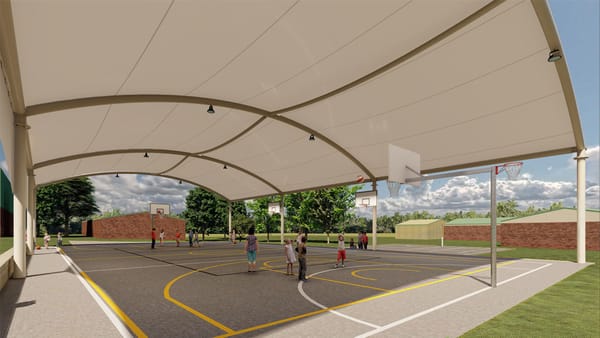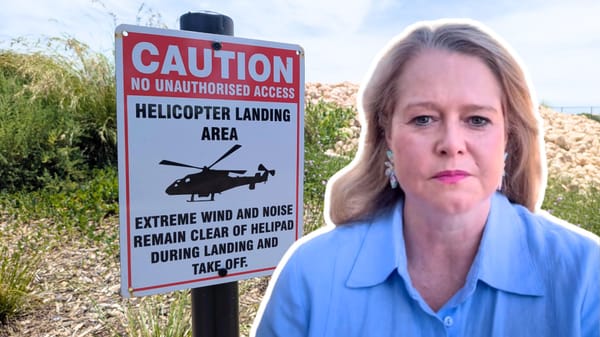Farmland to housing: Rule change will speed Murray Bridge’s growth
Changes to Environment and Food Production Area boundaries will allow a major development to go ahead. A hospital expansion and new school will be needed soon, too.
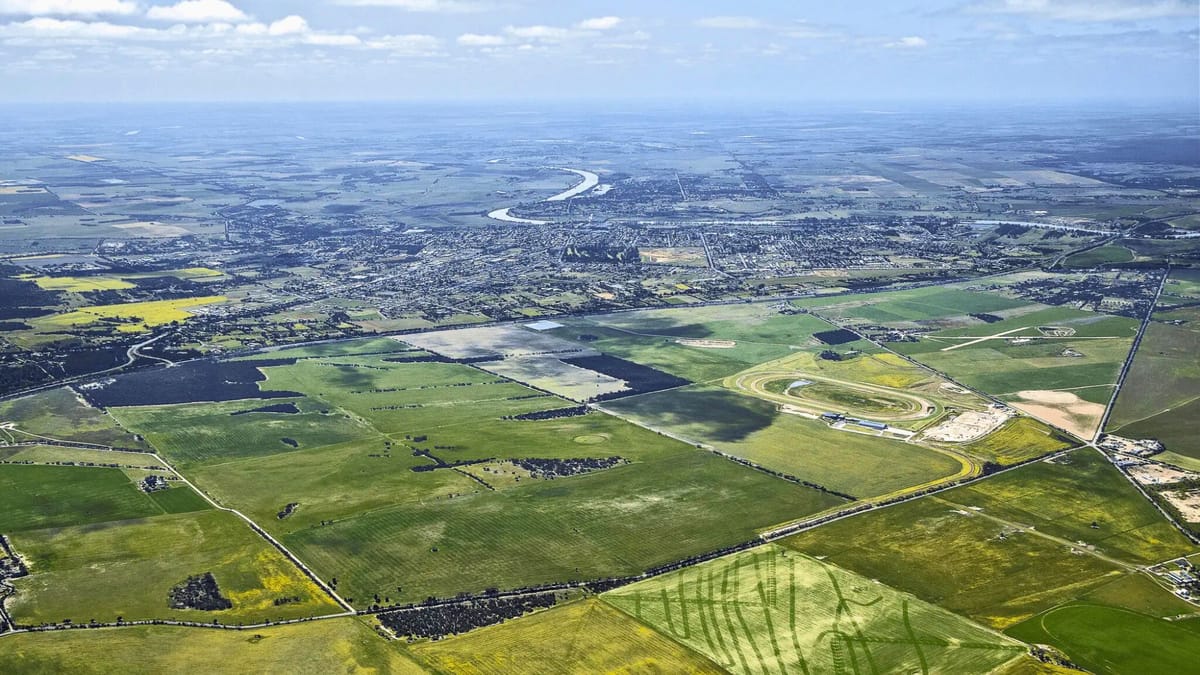
This story is now free to read. Help Murray Bridge News tell more stories like this by subscribing today.
A rule change will allow more farmland around Murray Bridge to be used for housing development.
Until now, major developments have been banned in a 1489-hectare area south and west of Murray Bridge which falls into a prescribed Environment and Food Production Area (EFPA).
That includes most of the land earmarked for the Gifford Hill development, which is expected to accommodate up to 17,000 houses over the next 40 years.
On Monday, the state government announced a plan to redraw the boundary of the EFPA, allowing more new houses to be built.
South Australia would need more than 300,000 new homes over the next 30 years, Planning Minister Nick Champion said.
Without the extra “greenfield” land, hitting that target would be impossible.
“We need rolling, development-ready land supply to ensure we don’t face another housing crisis,” Mr Champion said.
State MP Adrian Pederick welcomed the proposal.
“I think there’s plenty of legislation around zoning and planning laws that can manage food production areas without putting this extra layer of legislation in place,” he said.
“(The EFPA) does have some impacts … you can’t build a second house on your property for your son or daughter or a workman.
“I haven’t seen the map, I haven’t seen the legislation, but for Murray Bridge to realise the 17,100 houses planned, I’ve got no problem with (the change).”
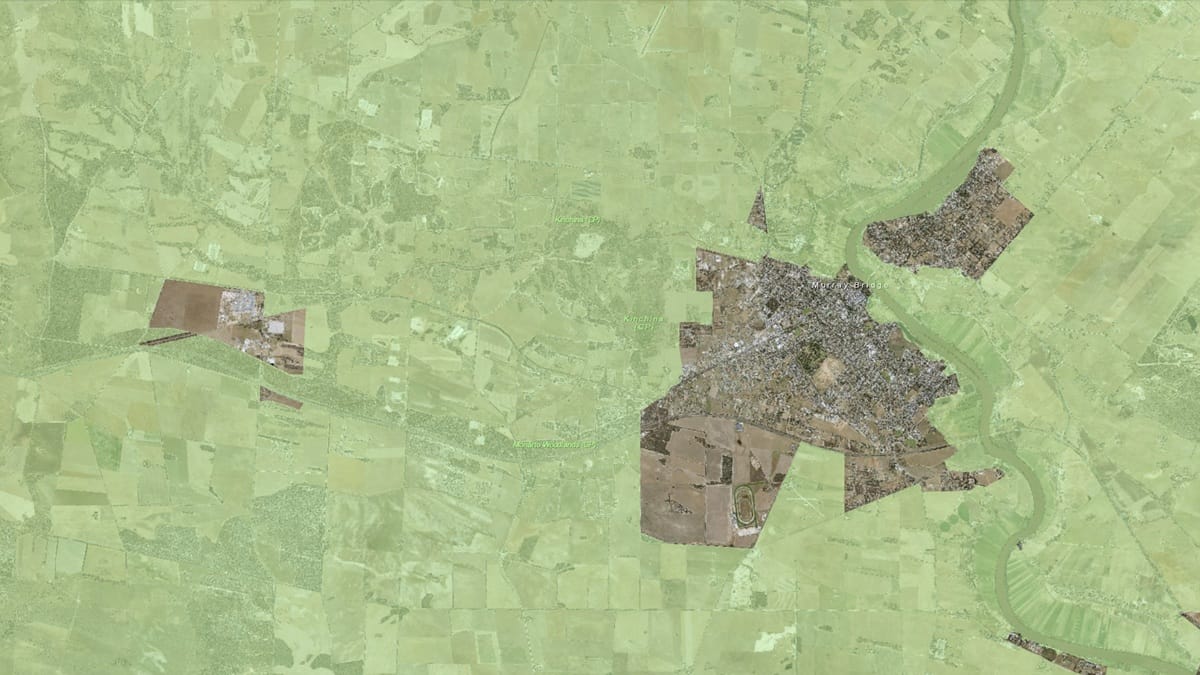
However, Grain Producers SA CEO Brad Perry was more critical.
“Once productive cropping land is lost to housing development, it is lost forever,” he said.
“We recognise the importance of addressing South Australia’s housing shortage, but this should not come at the cost of productive cropping land which underpins our state’s food production and export economy.
“Amending (the EFPA) to encourage urban sprawl sets a concerning precedent and
could open the door for further erosion of agricultural land for the other proponents who want access to cropping land for alternative purposes.”
Livestock SA president Gillian Fennel echoed that sentiment.
“The government talks about strategic planning, but where is the long-term vision for agriculture?” she asked.
“Urban growth should not come at the cost of our ability to produce food and fibre.
“Pushing agriculture into less suitable land that is less reliable and will require higher inputs will only further increase food prices in the longer term.”
It would be better to increase the population of South Australia’s regional centres than to allow Adelaide to keep sprawling, she said.
The changes would affect less than one per cent of farmland in the Greater Adelaide area, Mr Champion said, including areas around Roseworthy, Two Wells, Victor Harbor and Goolwa as well as Murray Bridge.
The government’s plan will need to be approved in parliament before it can go ahead.
The EFPA boundaries were originally declared in 2015, to the dismay of both the council and local MP Adrian Pederick.
The Murray Bridge council has been lobbying for changes to the EFPA ever since, arguing that they had blocked the rural city’s growth.
Hospital expansion, new school will be needed in Murray Bridge by 2041
Meanwhile, Murray Bridge will need at least 25 more hospital beds and one new school by 2041, the state government has acknowledged in a new growth plan for South Australia.
The government’s 20-year infrastructure strategy, published on Sunday, sets out everything that will be needed to accommodate Greater Adelaide’s growing population.
That includes the extra 12,000 people who are expected to live in Murray Bridge in 16 years’ time.
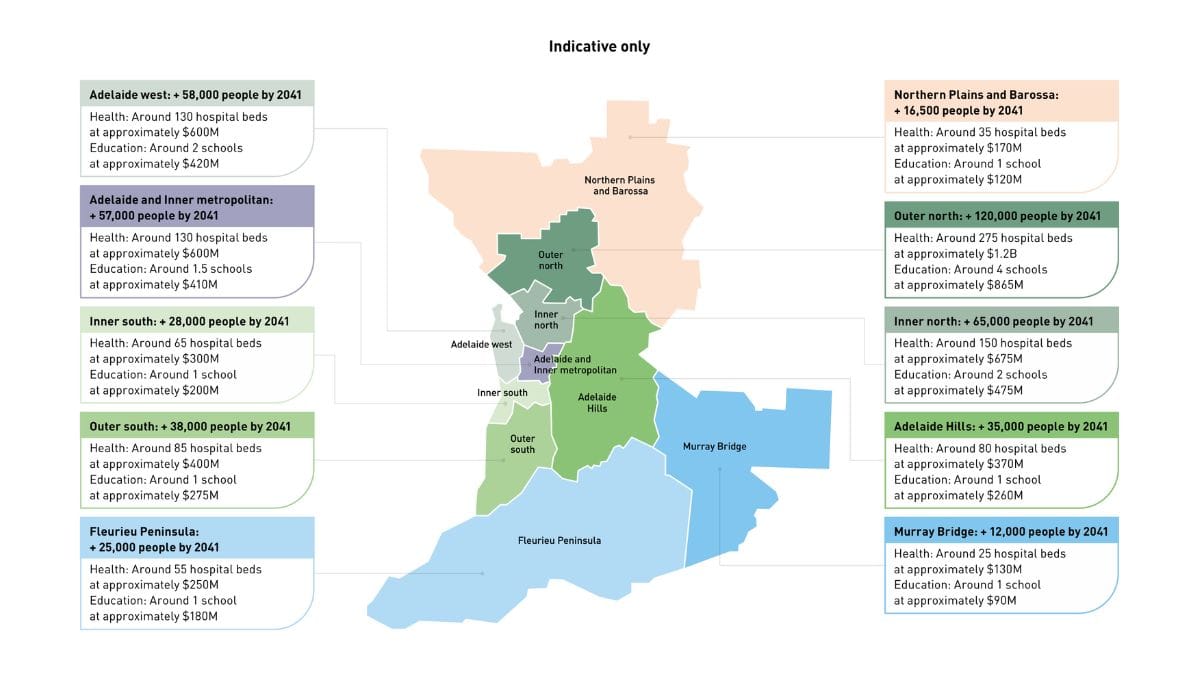
The government’s planning assumes that 2.3 hospital beds are needed for every 1000 people, while a large R-12 school – with around 1800 students – is needed for every 30,000 residents.
A hospital expansion could cost around $130 million, while a school might cost $90 million in today’s dollars.
Premier Peter Malinauskas said the overall strategy would help South Australia keep growing its economy and increasing the prosperity of its people.
“This strategy lays out a clear and evidence-based approach to plan, maintain and deliver infrastructure in the right place at the right time for future generations,” he said.
“Through smarter investment and long-term planning, South Australia will be better positioned for continued prosperity and sustainability.”
However, public transport services to and within Murray Bridge do not appear to be an urgent priority for the state government.
A transport strategy, also published on Sunday, made a big deal about rail corridors being saved for future development to Adelaide’s north and south.
However, while it noted that Murray Bridge was an important growth area, the government only referred in general terms to “more inter-regional transport options” and “more transport options within major regional centres”.
It suggested the government would rely on “industry and community collaboration” to deliver public transport in regional areas.



